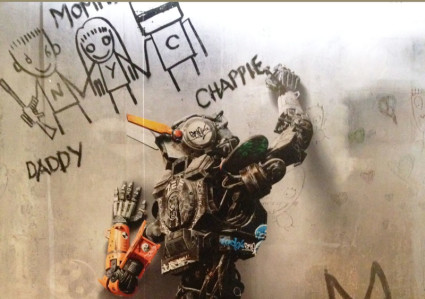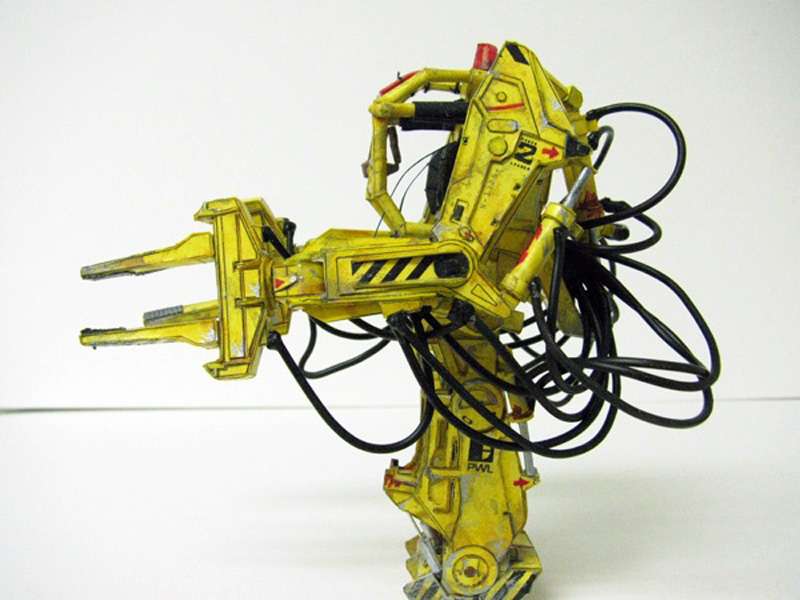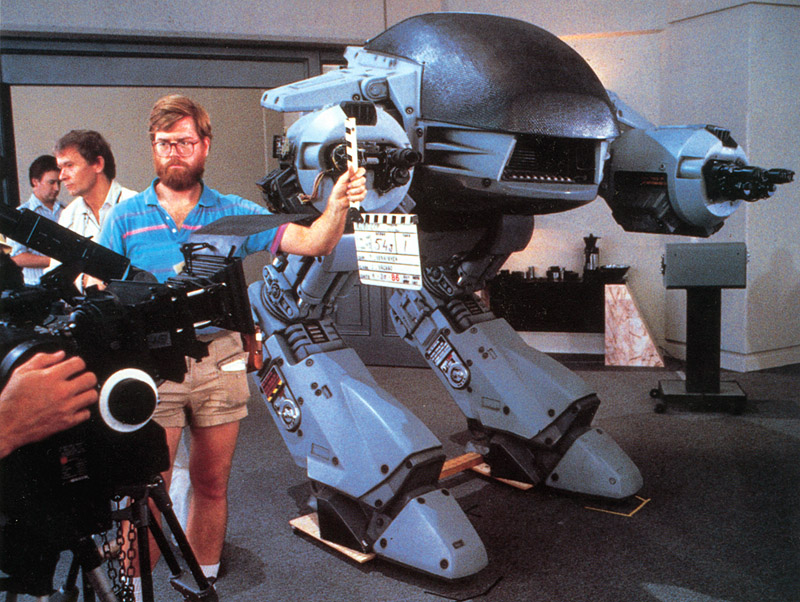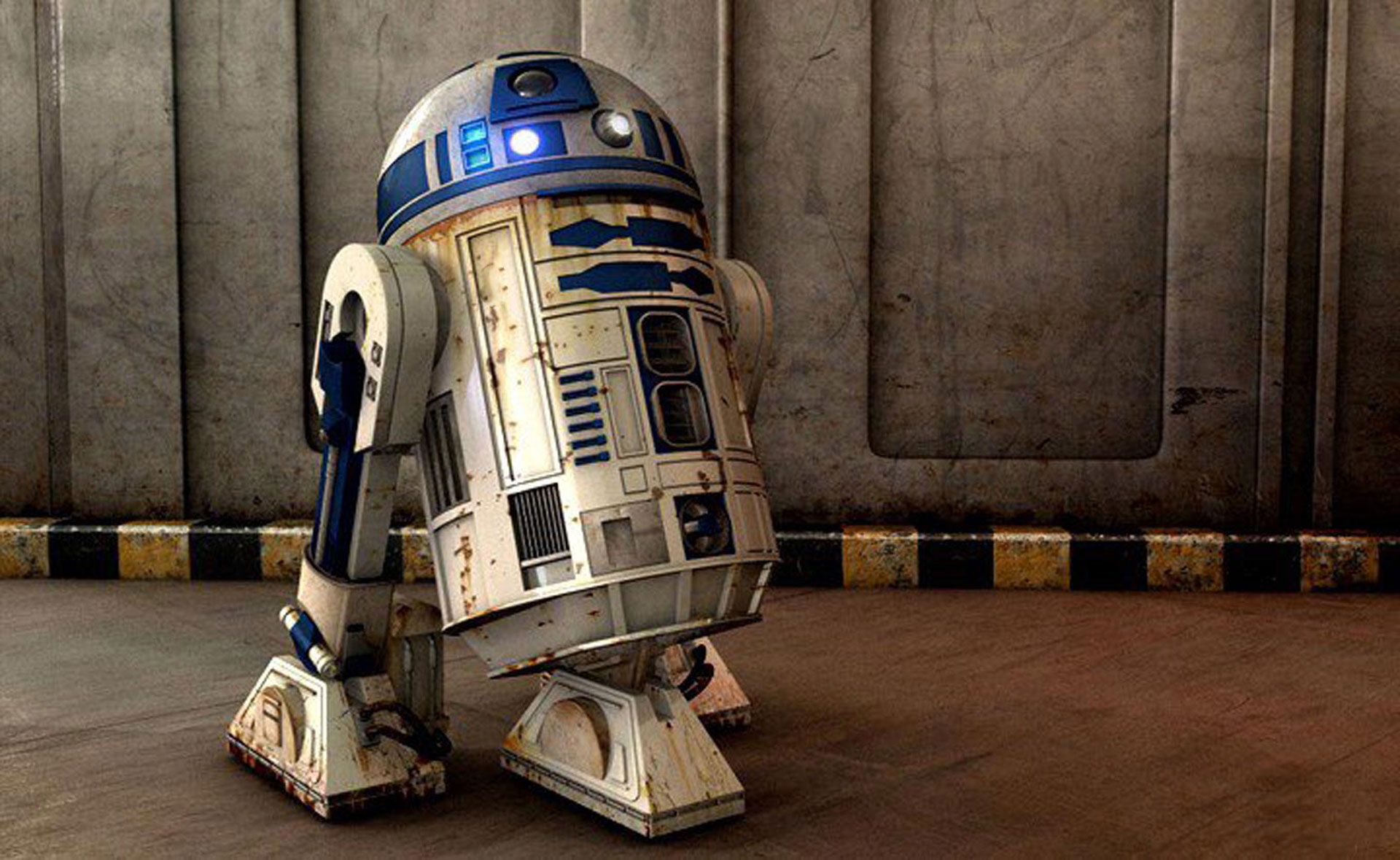
Robohub.org
Four classic movie robots that are no longer far fetched
Cinemagoers have long been fascinated by fictional robots, but they’re not usually realistic — until now. Thanks to technological advancements, some of the classic movie robots are now a realistic possibility. If you make some allowances for their limited artificial intelligence, we’re pretty close to making fiction a reality. Let’s look at some of the iconic movie robots that could now be possible thanks to current robotic technologies …
Robots have featured in the movies since as early as 1897, with the first celluloid robot turning up in a French movie called Gugusse and the Automaton. Since then, the history of movie robots has been filled with mechanical maids, cruel cyborgs and angry androids.
 Most fictional robots are not realistic. Back in February on the Robotiq blog, we investigated how realistic the robots in Star Wars really are. However, even some of the earliest movie robots are still far beyond what our modern technology can produce. Perhaps we’ll never be able to create robots that live up to our fictional ideal. Neill Blomkamp, director of the recent movie, Chappie, thinks not. Recently he said that his research for the movie brought him to the conclusion that humans are incapable of producing an AI as advanced as science-fiction portrays. It might not be such a bad thing if he’s right.
Most fictional robots are not realistic. Back in February on the Robotiq blog, we investigated how realistic the robots in Star Wars really are. However, even some of the earliest movie robots are still far beyond what our modern technology can produce. Perhaps we’ll never be able to create robots that live up to our fictional ideal. Neill Blomkamp, director of the recent movie, Chappie, thinks not. Recently he said that his research for the movie brought him to the conclusion that humans are incapable of producing an AI as advanced as science-fiction portrays. It might not be such a bad thing if he’s right.
Even though AI might never catch up, some of the other associated robotic technologies have developed quite significantly; enough that we are now able to create some robotic technologies which were first dreamed up for the silver screen.
Lets take an informed eye to four classic movie robots, to separate fanciful robot fiction from realistic robot fact …
1. Power Loader – Aliens (1986)

Exoskeletons are a perfect example where technology is getting pretty close to the movies. The reason is partly that they don’t require much AI – all of the high-level processing is done by the human brain.
This year, the Center for New American Security released a report saying that the US military is aiming to provide soldiers with the TALOS exoskeleton by 2018. There are also other contenders, such as Lockheed Martin’s HULC.
Some have compared the XOS 2 exoskeleton to Tony Stark’s suit in the recent Iron Man movies. However, given the bulk of modern exoskeletons, they’re really more like the Power Loaders from Aliens. Panasonic also claims that they are developing a power loader, which you can see an early design of in this video:
https://youtu.be/nTRUoanbYjU
Whichever movie robot you choose to compare them to, exoskeletons have well and truly arrived.
2. ED-209 – Robocop (1987)

The ED 209 was a giant, machine-gun wielding robot that malfunctions at the start of Robocop, killing a room full of suited executives — possibly the most catastrophic case of Vorführeffekt ever (a German word meaning “demo effect” that refers to the fact that something will always go wrong in a live demo).
Military robots with guns are making their way onto the battlefield whether we like it or not. The HDT Protector might not have legs like the ED 209, but it does have a machine gun. It’s not automated, but new military robots are capable of automated targeting. The physical design imagined for ED 209 was an imposing two-legged affair, and looked worryingly similar to the real-life US mech-suit Megabot 2.
3. KITT – Knight Rider (1982 TV series and 1991 movie)
If the rumors of a new Knight Rider movie coming out in 2016 were true (it seems they’re not, but it’s hard to tell with internet rumors) it would be perfect timing to correspond with the birth of a real life Knight Rider. Next March, Chinese startup Youxia Motors is set to release its KITT inspired electric car. Modeled on the famous robotic automobile, it comes complete with an Android-based operating system called KITT OS.
The Youxia X might not be a complete KITT in itself, but autonomous cars have really come far in the last few years and several of the technologies featured on-screen are now possible. Self driving and collision avoidance are looking to be standard features on many new cars. The so-called “anamorphic-equalizer” — a flashing line of red lights that acted as the cars “eyes” — were infra-red on TV but nowadays they’d probably be LIDAR (though hopefully not so easily hacked as today’s LIDAR). Also, KITT’s engine was a true hybrid, running on various fuels including hydrogen and electric, like a growing number of modern cars.
4. R2D2 – Star Wars Trilogy (1977 to 1983)
 Yes, we have covered Star Wars robots already. Despite this, R2D2 really deserves a mention. This droid has earned its place in the robot hall of fame because it’s actually one of the most realistic robots on this list. Largely, this is because the physical design of the robot is pretty basic. However, many of its more advanced, futuristic technologies have actually become possible since they were first dreamed up in the 70s.
Yes, we have covered Star Wars robots already. Despite this, R2D2 really deserves a mention. This droid has earned its place in the robot hall of fame because it’s actually one of the most realistic robots on this list. Largely, this is because the physical design of the robot is pretty basic. However, many of its more advanced, futuristic technologies have actually become possible since they were first dreamed up in the 70s.
R2D2’s impressive list of equipment included a fusion welder, buzz saw and all-terrain treads; all well-proven technologies. In fact, modern technology has surpassed some of the droid’s more futuristic capabilities. Instead of the universal connectivity it got through a plug-in “scomp link”, we’d now probably use bluetooth. These days, its “power recharge coupler” could be upgraded to wireless charging. Its flight capabilities were similar to that of modern autopilots.
But what about the famous holographic projector? This August we all learned how to make holographic projectors out of our smartphones, using the same technique that full sized holographic projectors have been using for a few years.
There is even a real-life R2D2 Builders Club, whose members often meet to show off their hundreds of R2D2 replicas. Most of these replicas probably don’t have the droid’s more advanced features, but it would only take one enterprising robot-builder to turn R2D2 into a reality.
***
As more technologies catch up with fiction, we might continue to see some of the classic movie robots become realistic possibilities. Right now, it looks like AI will always be the limiting factor from making truly realistic replicas, but you never know.
If you liked this article, you may also be interested in:
- The real soft robots that inspired Baymax, with Chris Atkeson
- The robots in Ex Machina: VFX Q&A with Andrew Whitehurst
- Why do people love robots? Find out in this Botscar-winning Robot Film Festival short
- From sideshow to main event, drones are making their mark in entertainment
See all the latest robotics news on Robohub, or sign up for our weekly newsletter.
tags: c-Arts-Entertainment, cx-Research-Innovation, robohub focus on arts and entertainment, sci-fi






